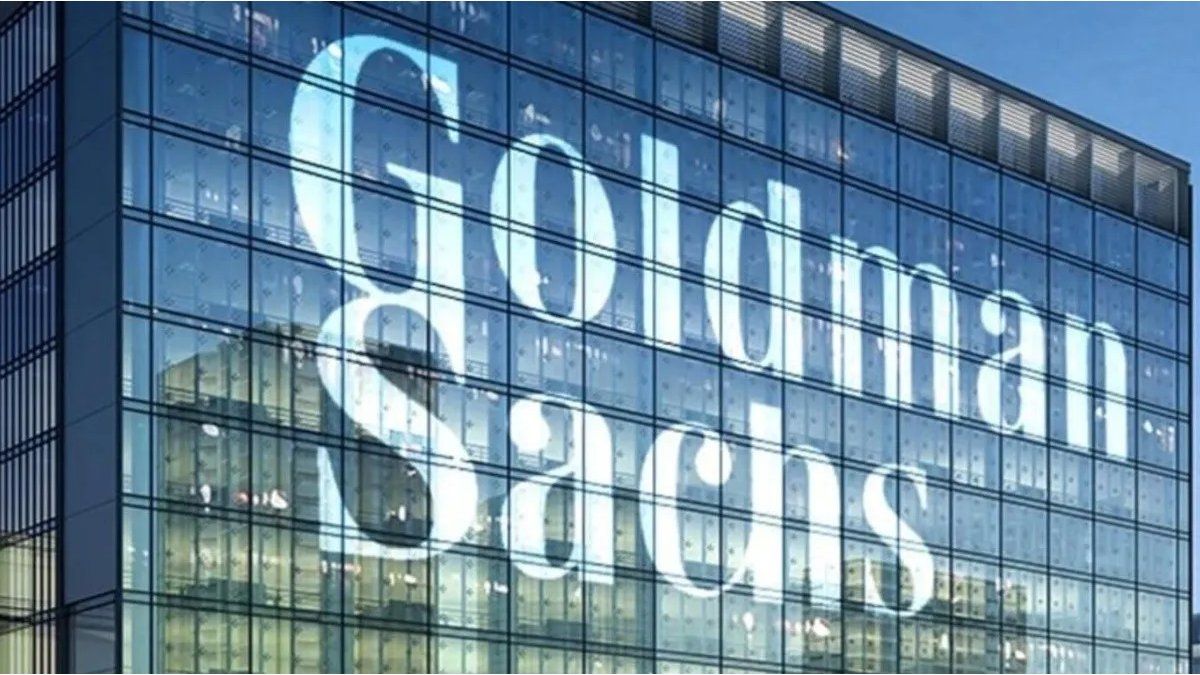During the first three months of 2024 “The evolution of wages was a factor with high explanatory power regarding what happened with employment.“This is how the Training and Studies Center on work and development (CETyD) of UNSAM. This generated a double deterioration: the fall in real wages contained, on the one hand, the destruction of formal employment and encouraged, on the other hand, the decrease in informal employment.
Following that line, a representative of a sector chamber tells a recent secret: “In the last negotiation, We approved raising salaries 1 point above inflation. We communicated it in a Zoom and received several criticisms from the businessmen present,” he says and adds that he invited them to reflect: “Guys, we held on to lower wages to endure this time, isn’t it time to give something back to our workers?“, he mentioned in that virtual meeting.
Salaries cushioned the fall in employment
Although the second quarter was characterized by the search for recovery – partial and uneven among public, private and informal sector workers – the first quarter was forgotten.
The study of CETyD mark the detail: in the formal sector, The drop in the purchasing power of wages was recorded at around -5%. During the period between January and March, the labor market was particularly shaken by the inflationary surge and the decline in economic activity.
The situation caused a deepening of a problem that has been recorded from August 2023 to April -latest data-: the rise in unemploymentHowever, due to the abruptness of the contraction, job losses occurred at a faster rate than in previous crises.
The study compares the eight most complex months in other economically challenging contexts: between November 2015 and June 2016 They got lost 92,000 jobs, among May and December 2018 They went down 128,000 jobs and between August 2023 and April 2024, 144,000 workers became unemployed.
Regarding the following months, the study estimates that “What has happened with employment since May is not encouraging“and the expectations of entrepreneurs for the months of June, July and August”They mark a slight increase in those who expect to reduce their allocations”.
The study also focuses on what happened to employment between the first quarters of 2023 and 2024 and states that staffing was reduced by 27,200 jobs. The decline was concentrated in the constructionwhich in the same time period lost 70,000 jobs. But if this last item is isolated, the CETyD highlights that the activity contracted 4%Meanwhile he employment grew up 0.7%meaning 42,000 registered workers were incorporated.
How is it possible to expand employment in a context of deteriorating economic activity? For CETyD, it is summarized as follows: “In a context of falling production, Nominal wage growth was lower to the increase in the prices of products and services offered by companies. This allowed companies to sustain unit labor costs. (and thus preserve their profit margins), while cushioning the loss of jobs”.
Thus, between the first quarters of 2023 and 2024 Wages increased nominally by 233%a value lower than both the increase in the prices set by companies (253%) as to Consumer Price Index (273%)according to the report.
How did salary development continue in the second quarter?
In the second quarter, a gradual and uneven recovery of wages began. After the most significant inter-monthly fall since the mid-1990s, seen in December, the successful reactivation of collective bargaining is heading uphill.
For the macroeconomist Federico Pastrana the salaries “are recovering“due to the drop in inflation.”Today, indexation acts to recover real wages. If inflation falls quickly (in just one month it went from 8.8% to 4.2%), given that the collective bargaining agreements are negotiated (at least partially) Looking at past inflation, real wages tend to recover”, explains the specialist.
However, he also warns that in real terms Private sector wages remain down 6% that in November 2023 and Public sector pay fell by 18% against the same month. “Intersectoral inequality is large, recovery is still limited and dependent on continuing to lower inflation“, Pastrana concludes.
Long-awaited recovery but with few foundations
A source from the business sector assures that he shares his diagnosis with the market: “There is enthusiasm but, for the moment, little foundation”. It is that the industry still cannot guarantee that you have found the activity floor and sees serious difficulties in achieving a sustained and widespread recovery.
At the same time, the sector does not look favorably on the monetary adjustment that the Government is carrying out to drain pesos from the economy and turn it into “strong currency.”
Without going any further, the Argentine Chamber of Distributors and Wholesale Self-Service Stores (CADAM) recently asked the Government to send “money on the street“to encourage consumption and a special financing line to finance local businesses and warehouses.
Government meetings are defined as “self-help”: meetings where each sector unloads its problems and explains how they are getting through the recession, but without a complete answer within the framework of an industrial plan. This last point is of great concern: “There is no outlined strategy for the national industry“, a source warned in conversation with Ámbito.
TAX REDUCTION AND CREDIT COMMITMENT: THE OFFICIAL STRATEGY
While it is true that economic management promises reduce state intervention to make way for productive development -a view that is relativized by the sector in terms of its results- also responds to a historical request from the business community: tax cut. Precisely, it is part of the policy of “non-intervention“that interests President Javier Milei.
According to a survey conducted by the Argentine Confederation of Medium-sized Enterprises (CAME), the 35.6% Of the companies consulted, they indicate that the most anticipated measure at this time would be a tax cutwhile another 14.6% mentions the relaxation of labour regulations. “Both are policies that would reduce costs and improve profitability,” the entity says.
On the list of priorities, the third place of expected measures is shared by the Stimulus to domestic demand and soft loansin the two cases mentioned by the 13.6% of the industries surveyed. If recovery takes a while to arrive, the question then It again depends on how wages will evolve..
Source: Ambito




